12 Tips for an Accessible Zoo Visit for Kids who are Visually Impaired
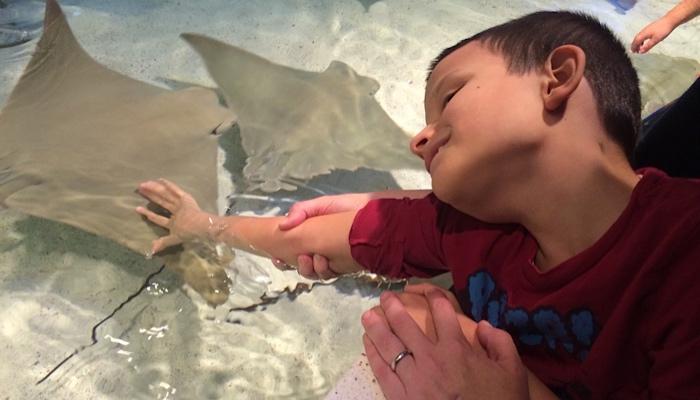
A WonderBaby reader is preparing to take her child to the zoo and she wanted to know how to make the experience meaningful. I asked some friends for advice and received some great feedback! Mostly, everyone emphasized calling ahead and talking to zoo coordinators. You won’t know what adaptations are available unless you ask. There’s a very good chance that you’ll be surprised by what they offer—from free pony rides to even special access to animals that are normally off limits!
Check out their other tips below.
1. Ask about private tours. See if your zoo will take you (or your class) on a private tour. The cost is usually pretty reasonable and you can get one-on-one attention. If the zoo knows ahead of time that your child is visually impaired, they can tailor the tour to your child’s needs.
2. Visit open touch tanks. Many zoos and most aquariums have a spot where you can touch sea creatures in an open display. We absolutely love the Shark and Ray Touch Tank at the New England Aquarium!
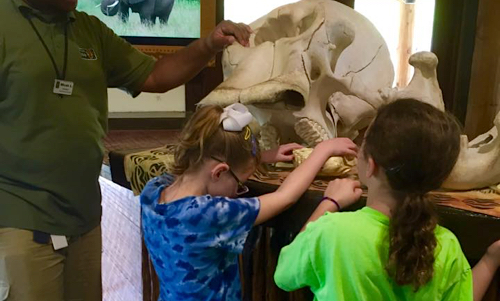
3. Look for the tactile displays. Most zoos (and also many natural science centers or science museums) have touchable displays for kids to interact with. You can find bones, taxidermy animals and real furs!
4. Bring along supporting materials. You probably talk about animals at home all the time. Maybe you have a touch-and-feel farm animal book or a collection of small animal toys that make noises when you squeeze them. Bring these familiar books and toys with you and help your child see the connection between the toys and the real thing.
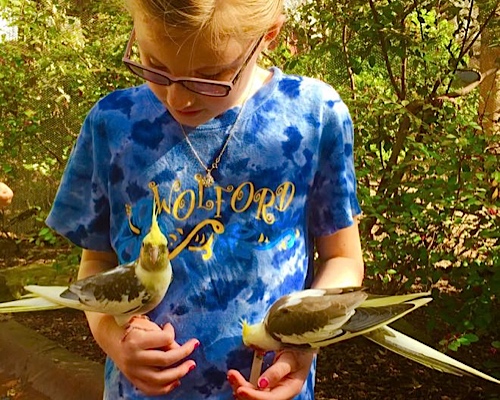
5. Visit the petting zoo. Obviously the best way to learn about animals is to get up close and touch them! If your zoo has an area where they let you touch the animals, that’s the place to be.
6. Zoom in. If your child has low vision, think about ways to see the animals in their habitats. Bring an iPad and use the zoom feature in the camera to bring the animal up on the screen where he can see it. You can also bring enlarged photos with you of each animal and place them in a book so your child knows what they are looking for.
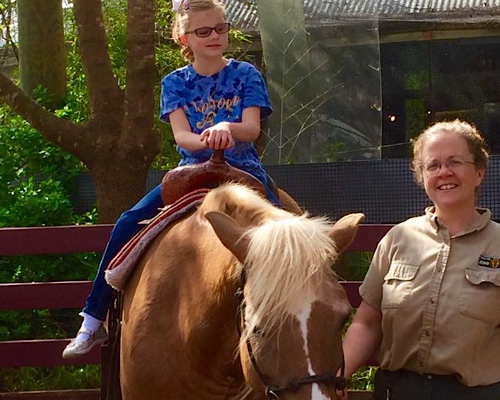
7. Go for a ride! Many zoos provide pony rides and some even have elephant or camel rides available. See what your zoo offers and sign up!
8. Climb and touch the statues. Most zoos will also have life-sized animal statues on display that you can touch or even climb on, some may be hard concrete and some may even be made out of softer materials that mimic the real feel of the animals. If you’re lucky, they might even make noise, like this elephant statue that Mary Rose is touching at the Dallas Zoo:
9. Listen. Some animals are quiet, but some are really very noisy! Pick out the exhibits that make a lot of noise (like monkeys or the bird house) and sit and listen.
10. Don’t forget the smells! This might not be the preferred feature of a zoo for most kids, but it’s certainly part of the overall sensory experience!
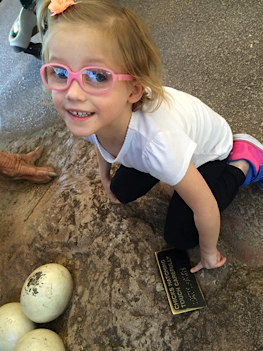
11. Find the braille. Did you know that many zoos have braille added to their display signs? Cailee was excited to find braille at the Phoenix Zoo!
12. Consider creating an experience book. Talk to zoo coordinators ahead of time about collecting objects about the animals you see (like a piece of antler from a deer or seeds from the bird house). You can put your objects in a tactile experience book when you’re done so you can relive your zoo trip later!
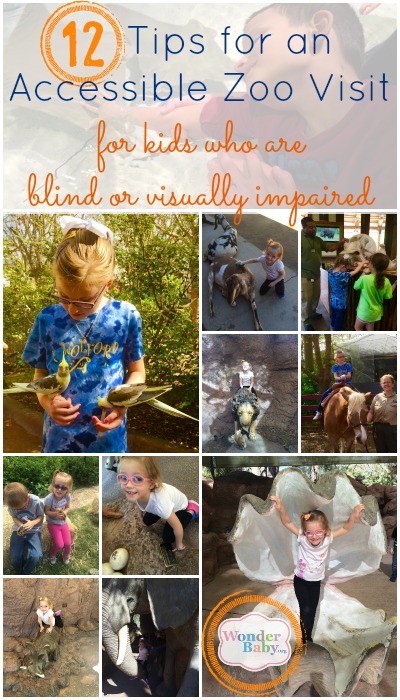
Related Posts

Eye Conditions and Syndromes, Support, Visual Impairment
Coping with a Diagnosis: Emotional Support for Families with Visually Impaired Children
Families with emotional support are more resilient. Learn how to establish emotional support with peers, professionals, and the community to help your family thrive.
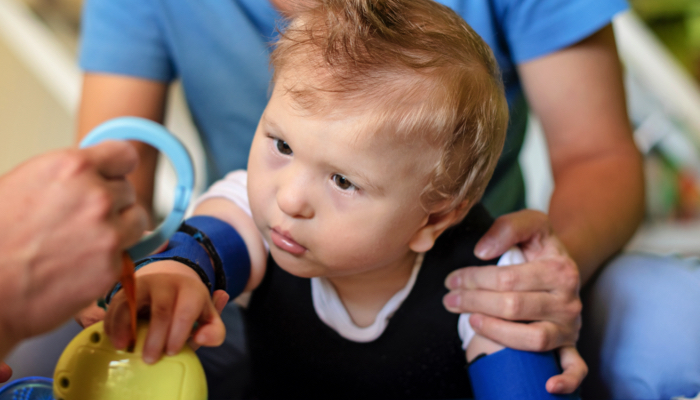
Special Needs, Visual Impairment
Why Early Intervention Is Critical for Blind Children
Children diagnosed with visual processing disorders, low vision, or blindness need specialized treatment. Early intervention programs can help.

Eye Conditions and Syndromes, Visual Impairment
Anophthalmia: Navigating the Path from Diagnosis to Adaptation for Parents and Their Children
Anophthalmia is a rare disorder that results in childhood blindness. Early intervention services are important to help your baby maximize their potential.